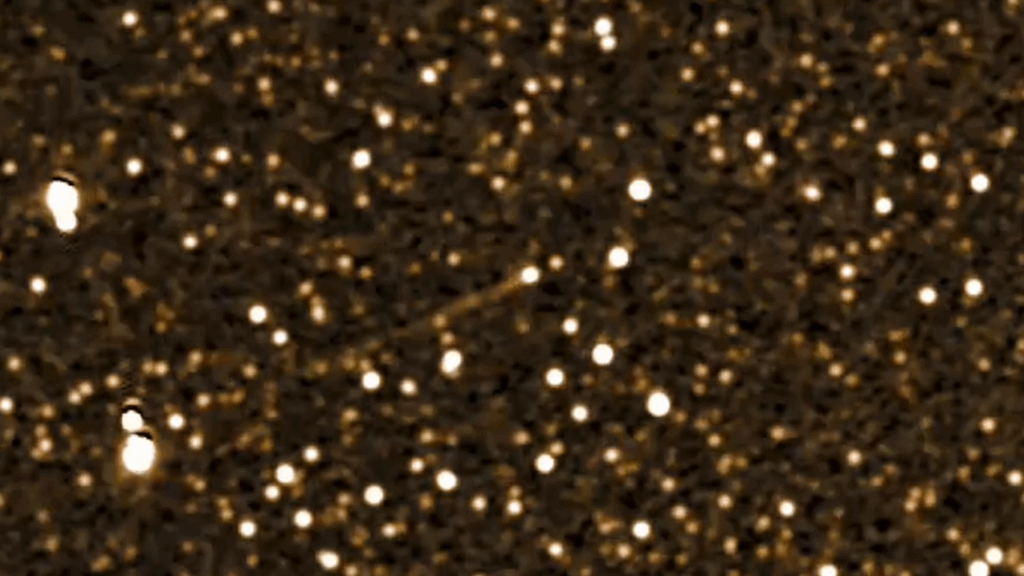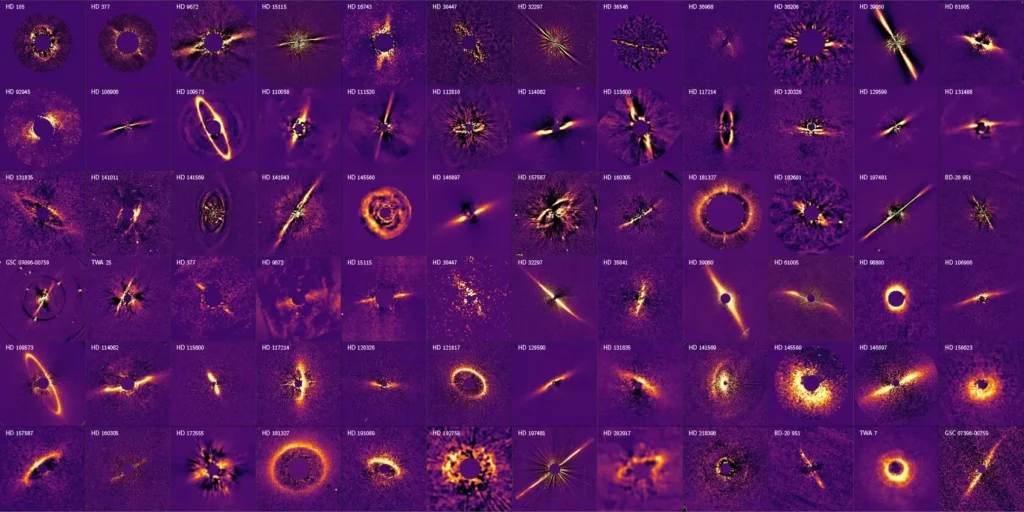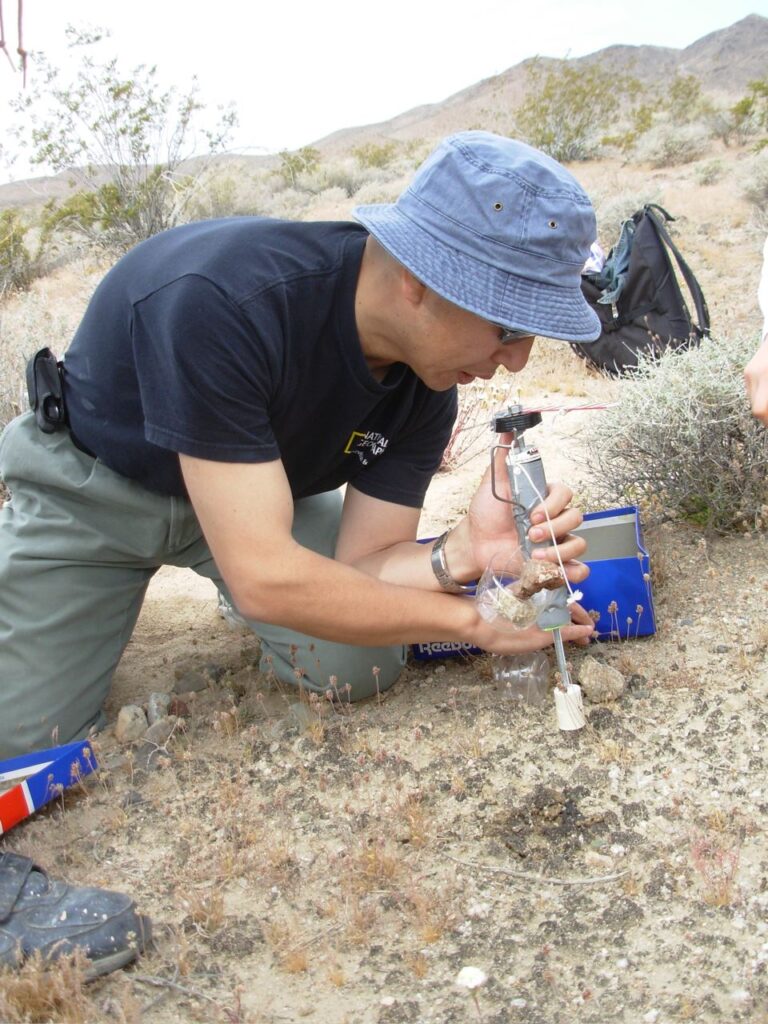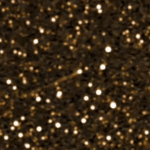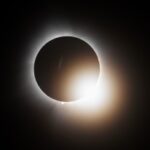Now Reading: Rubin Observatory takes its 1st look at the night skies | Space photo of the day for June 26, 2025
-
01
Rubin Observatory takes its 1st look at the night skies | Space photo of the day for June 26, 2025
Rubin Observatory takes its 1st look at the night skies | Space photo of the day for June 26, 2025
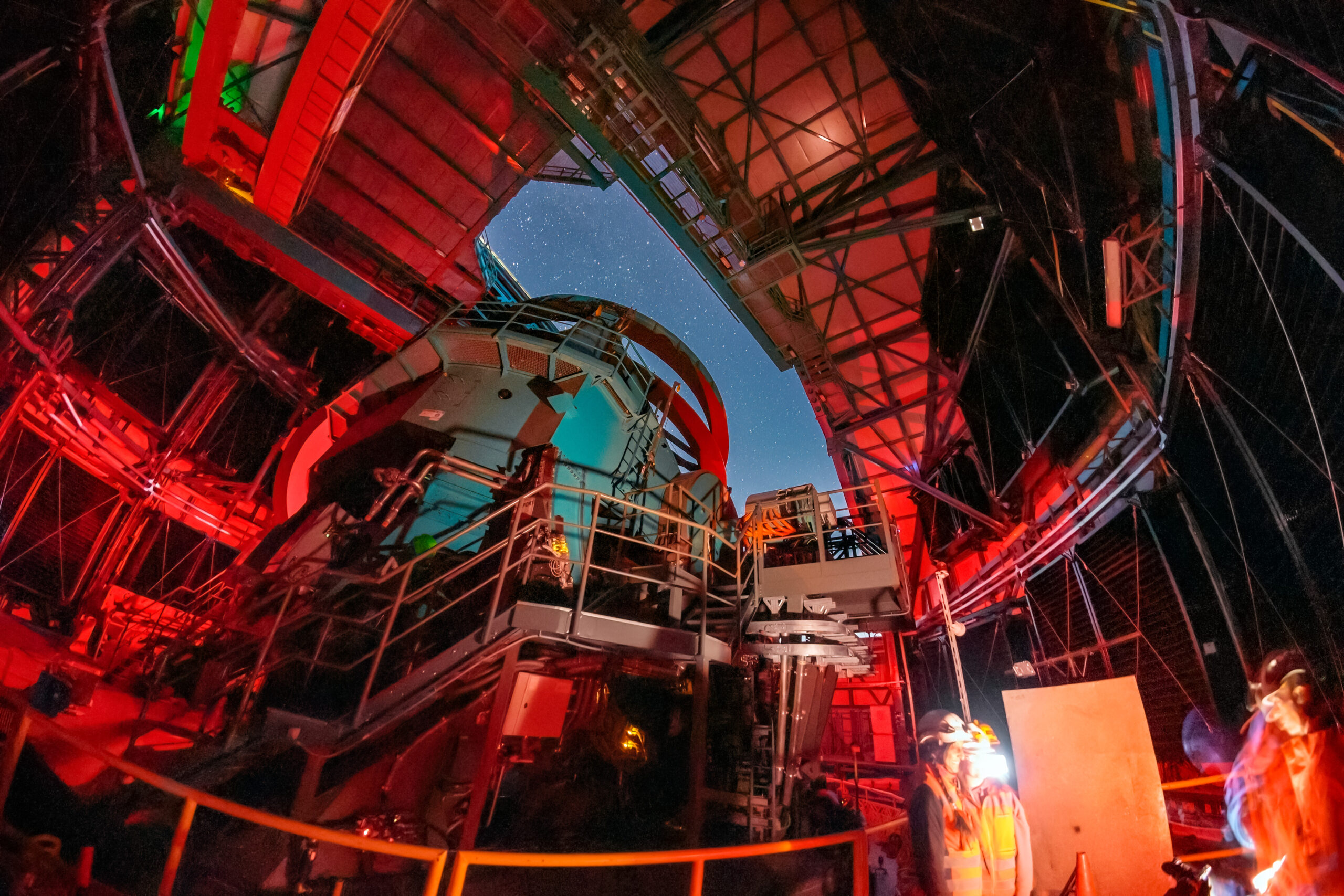
Recently, the Vera C. Rubin Observatory shared its first images with the world: stunning photographs of spiral galaxies, nebulas, and stars strung across our universe.
The technology used to capture these images was years in the making, and will help launch a whole new era of studying the night sky.
What is it?
The Rubin Observatory houses the 8.4-meter Simonyi Survey Telescope and its corresponding LSST camera (LSSTCam), the largest digital camera in the world. Using these tools, the Rubin Observatory studies faint objects in our solar system as astronomers try to study the dark matter that makes up a majority of our universe.
Where is it?
The Rubin Observatory resides in Cerro Pachón in the Andes Mountains in Chile.
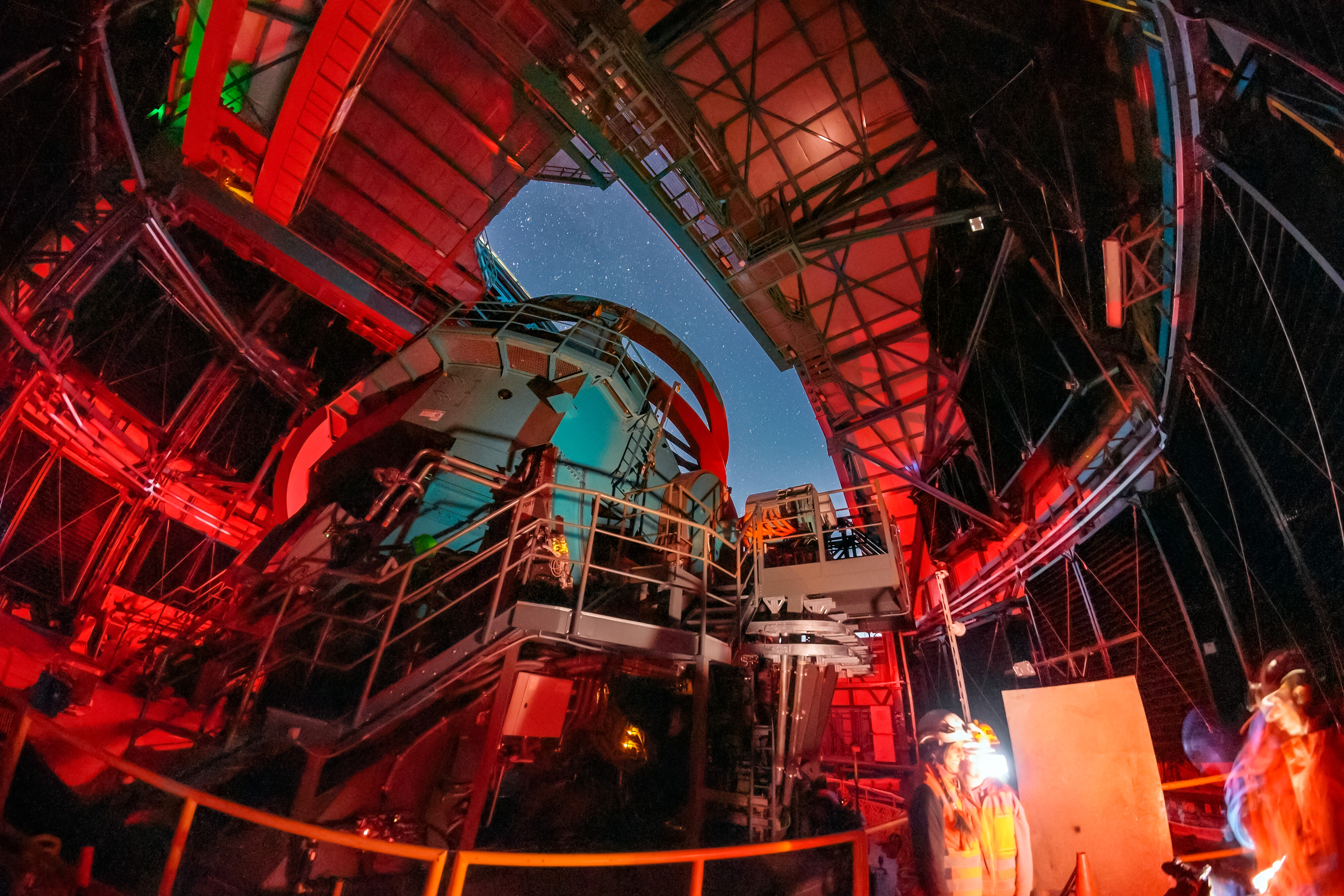
Why is it amazing?
The Rubin Observatory was born out of a decades-long quest by astronomers to understand what dark matter actually is.
In the 1990s, a group of scientists began to brainstorm an idea for a telescope just focused on studying dark matter. According to the Rubin Observatory, this idea for a “Dark Matter Telescope” began to gain traction, and by the 2010s the instrument, now called the Large-Aperture Synoptic Survey Telescope (LSST) started to be built in Chile. As the telescope was designed to study extremely faint objects in our solar system, along with most of our asteroids, it needed to be placed away from cities and other areas with more light pollution.
The LSST camera, comprising of 3200 megapixels, was built at the SLAC National Accelerator Laboratory in California before being shipped to Chile. In 2019 the Large Synoptic Survey Telescope was renamed the Vera C. Rubin Observatory, in honor of female astronomer Vera Rubin and her work in studying dark matter.
The Rubin Observatory released its first batch of images on June 23, 2025 as it had scanned the night skies only a few days prior, finding over 2,000 asteroids in the process. With a scanning area of over 45 full moons in size, the Rubin Observatory can survey our galaxy 10 to 100 times faster than similar observatories.
Want to learn more?
You can read more about the search for dark matter and the Vera C. Rubin Observatory as astronomers continue to uncover more about our universe.
Stay Informed With the Latest & Most Important News
Previous Post
Next Post
-
 012024 in Review: Highlights from NASA in Silicon Valley
012024 in Review: Highlights from NASA in Silicon Valley -
 02Panasonic Leica Summilux DG 15mm f/1.7 ASPH review
02Panasonic Leica Summilux DG 15mm f/1.7 ASPH review -
 03How New NASA, India Earth Satellite NISAR Will See Earth
03How New NASA, India Earth Satellite NISAR Will See Earth -
 04And Thus Begins A New Year For Life On Earth
04And Thus Begins A New Year For Life On Earth -
 05Astronomy Activation Ambassadors: A New Era
05Astronomy Activation Ambassadors: A New Era -
06SpaceX launch surge helps set new global launch record in 2024
-
 07From Polymerization-Enabled Folding and Assembly to Chemical Evolution: Key Processes for Emergence of Functional Polymers in the Origin of Life
07From Polymerization-Enabled Folding and Assembly to Chemical Evolution: Key Processes for Emergence of Functional Polymers in the Origin of Life













